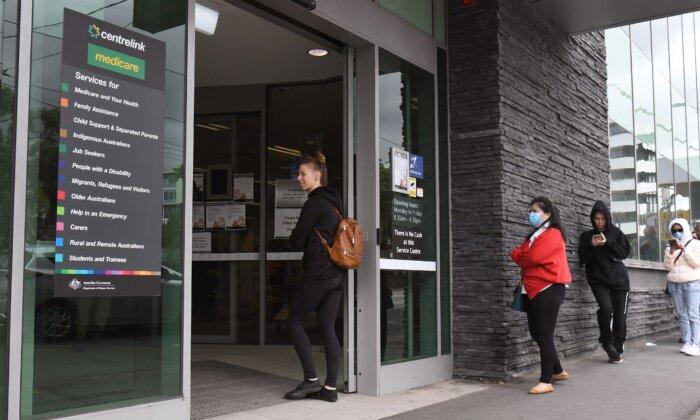The Australian government has announced new measures to encourage people to rejoin the workforce and help facilitate the net zero transition.
Changes to ‘Nil Rate’ Period
Under the proposed changes, the government will prolong the “nil rate period” to nearly six months.The nil rate period starts when a welfare recipient’s income exceeds a certain amount and reduces their income support payment to $0.
Under existing policies, the government will cancel the welfare recipient’s support payment if their employment income still remains high after six fortnights (three months).
The government believed that the extension would encourage people to look for jobs.
“This extension will give income support recipients more confidence to take up work opportunities, with less need to worry about reapplying for payment and associated benefits.”
Access to the nil rate period will also be extended to recipients taking up full-time jobs who are ineligible under current policies.
Minister for Social Services Amanda Rishworth said the new changes would provide more certainty for short-term, casual and gig economy workers.
“We hope it will result in more people getting back into work and staying in jobs for longer, without the fear that the safety net won’t be there if they need it again,” she said.
At the same time, the government will increase the employment income limit to allow pensioners to work more without having their pension reduced.

Specifically, the government will permanently provide a $4,000 (US$2,500) upfront Work Bonus to all new pensioners and raise the maximum Work Bonus balance limit from $7,800 to $11,800.
This means pensioners can earn an extra $4,000 a year before their pension is reduced.
If legislated, the changes will take effect in mid-2024 and will cost taxpayers $42.8 million over three years.
While the Institute of Public Affairs (IPA) welcomed the permanent changes to the pension work bonus scheme, it said the white paper failed to remove all disincentives to work for pensioners, veterans, and students.
The institute suggested the government adopt the successful New Zealand model and immediately remove all tax and red tape penalties to encourage more people to enter the workforce.
Extra Funding for Net Zero Workforce
Meanwhile, the government announced $41 million in extra funding to train workers in high-priority areas, such as low-carbon transition, the care economy, and artificial intelligence, as part of the reform.Around $31 million will be allocated to fast-track the establishment of six new TAFE Centres of Excellence.
These centres will coordinate Australian industries, universities, and government agencies to help address challenges like decarbonisation and digitalisation of the economy.
They are also responsible for designing and teaching a “world-leading curriculum” and providing students with cutting-edge skills.
The government will spend the remaining $10 million on developing new degree apprenticeship qualifications and new bachelor-equivalent higher apprenticeships, which are independent of universities.
Skills and Training Minister Brendan O'Connor said the new investments would help the country create the next generation of workers.
“For the workers of the future, it doesn’t necessarily have to be one or the other–TAFE or university–it can be a combination of technical skills development and conceptual knowledge,” Mr. O'Connor said.







